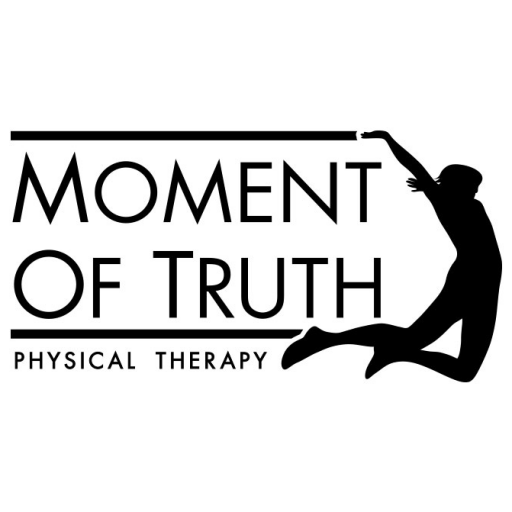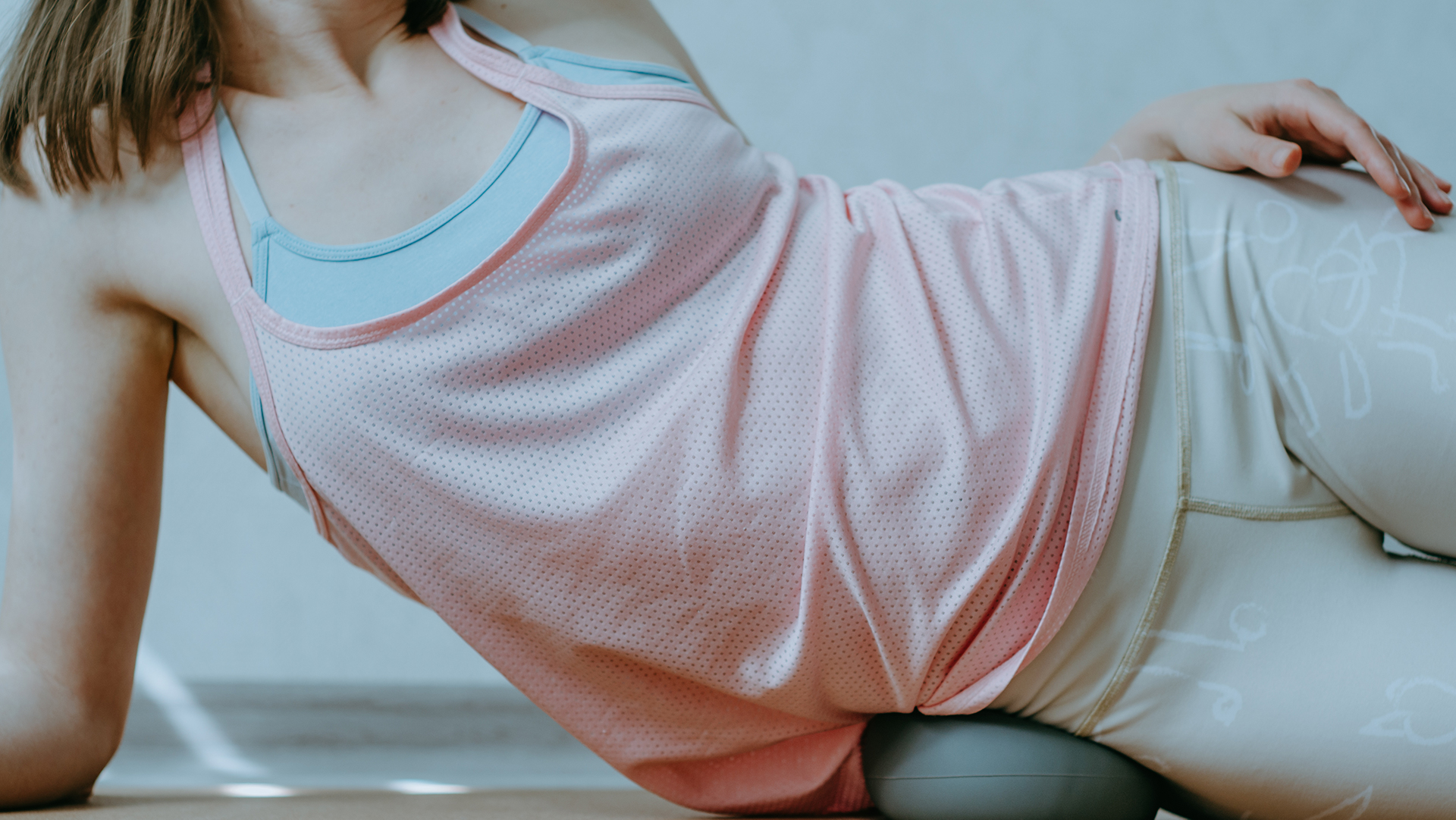Whether you are pregnant, thinking about becoming pregnant or several years done with having children, myofascial release can be a life changing gift to yourself. Pregnancy and delivery can be such a magical time, but it can also be extremely difficult, painful and dreams or plans we may have for how it should go often crash and burn.
Most people would consider my pregnancies fairly textbook and my deliveries typical, relatively easy and the outcomes successful. However, no matter how well things go, pregnancy and delivery can be traumatic for both mom and baby. In the best of circumstances, your insides get compressed and rearranged for 9 months.
Pelvic Rehab and Health Centers has compiled some great information that I’m excited to share with you.
During pregnancy...
- 45% of pregnant women experience pelvic girdle pain (PGP, in 25% of these women it is severe and for an estimated 7% to 8%, it results in disability).
- Incidences of stress urinary incontinence during pregnancy have been reported to range from 19.9% to 70%.
After delivery…
- 35% of new moms experience stress urinary incontinence in the postpartum period.
- More than 50% of women have a diastatis rectus abdominis after pregnancy. (A diastatis rectus abdominis is the separation of the abs from their central tendon and is a leading cause of low back pain, stress urinary incontinence and pelvic organ prolapse.)
- 20% of first-time moms show severe pelvic floor muscle injury after a normal pregnancy/delivery.
- 25% of women with pregnancy-related pelvic girdle pain during pregnancy remain in pain after delivery.
The good news is that myofascial release is an ideal modality to treat both pregnancy or postpartum-related symptoms with gentle manual, hands-on techniques and individualized home exercise programs.
Prepartum Physical Therapy
Pelvic floor PT during pregnancy can treat any pregnancy pain or discomfort as well as optimize delivery and prevent perineal tearing and other postpartum dysfunctions.
Common Prepartum Symptoms:
- Swelling secondary to increases in blood volume
- Foot and back pain due to hormonal changes
- Low back pain. Studies have shown the 40% to 60% of women will experience back pain during pregnancy and as many as 25% experience temporarily disabling pain.
- Neck pain and headaches due to changes in posture
- Tightness and pain in the legs due to the flattening of the feet
- Arm pain or tingling caused by nerve compression associated with an increased chest diameter
- Sciatic, hip, sacral, pubic symphysis a.k.a pelvic girdle pain and tailbone pain
- Urine leakage due to strained pelvic muscles
Other prepartum issues PT addresses:
- Perineal massage and partner training for perineal massage. Perineal massage is the practice of massaging a pregnant woman’s perineum around the vagina in preparation for childbirth. The intention is to prevent tearing of the perineum during birth or to prevent the need for an episiotomy or tearing during an instrument (forceps or vacuum extraction) delivery.
- Preparation of pelvic floor muscles for childbirth. The pelvic floor muscles and core stabilizing muscles are intimately involved in the childbirth process. These muscles function at their maximum potential when they are lengthened, strengthened, and free of myofascial trigger points. Impaired muscles are not always symptomatic. A physical therapist can individually examine each muscle internally and externally. If impairments are found the physical therapist can treat the problems with manual therapy and exercise resulting in improved function. In addition, treatment will increase the potential for successful vaginal deliveries with less pelvic floor muscle injury and postpartum pain and dysfunction.
- It is also possible to release previous episiotomy scars to avoid ongoing growth and restrictions caused by the scar tissue and often avoid additional tearing in your 2nd or 3rd deliveries. See my testimonies page for an amazing story with 1 particular client. Episiotomies increase the risk of rectoceles later and often lead to worse tearing in subsequent deliveries.
Postpartum Physical Therapy
It is beneficial for all new moms to have their pelvic floor evaluated by a physical therapist after they’ve been cleared to resume sex and exercise. This kind of early intervention can help address any concerns, and ultimately enable new moms to return to functional and active lives while possibly preventing future pelvic floor dysfunction. *When I am working with moms, I treat the babies for free!*
Common postpartum complaints:
- Urinary difficulties. Women with urinary incontinence leak urine when they sneeze, cough, or run. Some women feel a frequent or sudden, urge to urinate, even when their bladder isn’t full. Others are unable to start the flow of urine at will or empty their bladder completely when urinating.
- Anal incontinence. Many postpartum women have difficulty controlling gas or bowel movements.
- Perineal pain. This symptom is common in postpartum women, especially those who tore during childbirth or are recovering from an episiotomy. (The perineum is the area of skin between the vagina and the anus.) In addition, tight pelvic floor muscles cause some to experience persistent perineal pain, even after their wound heals.
- Pelvic pain. Some women have pain during sex for many months or even years after childbirth. And some have chronic vulvar pain, burning or itching. Others have pain during bowel movements. These symptoms are often caused by tight pelvic floor muscles, which can lead to inflamed tissue and nerves.
- Pelvic organ prolapse. When pregnancy and childbirth weaken the pelvic floor muscles the uterus, bladder, and/or bowel can slip out of place. Rehabilitating these muscles can help prevent or improve this condition.
- C-sections scars. Scar tissue can grow like vines if left untreated. It is critical to release and resolve this restriction to prevent further impact on pelvic structures, most commonly leading to back pain and incontinence.
- Breast health and nursing issues. Myofascial release is very effective when mastitis or duct issues arise and 1 session to educate mom and show he self-treatment can enable her to breast feed more successfully which is great for mom and baby. Infants occasionally have feeding issues due to cranial or oral restrictions and these can safely and easily be addressed in 1 or 2 sessions so that the infant can feed well.
I’m so grateful to Pelvic Health and Rehab, out of San Francisco for consolidating so much critical information. There are so many great resources here in the Glendale area and I now work with a lactation consultant, chiropractor and restorative breathing specialist all who have tremendous experience working with moms, babies and even expertise related to lip and tongue ties, which will have to be a whole different blog post! I am so passionate about helping women realize that they can get their health, fitness and bodies back after children and giving these babies a fresh start, clear from any of the birth trauma they may have endured. There is support and information out there to make it all easier! I look forward to hearing from you!


I’m 10wpp and had a c section. Me and my husband had sex for the first time @5wpp and it hurt so bad but was wetter than b4 pregnancy. Tried again tonight at 10wpp and it burned so bad. 🙁